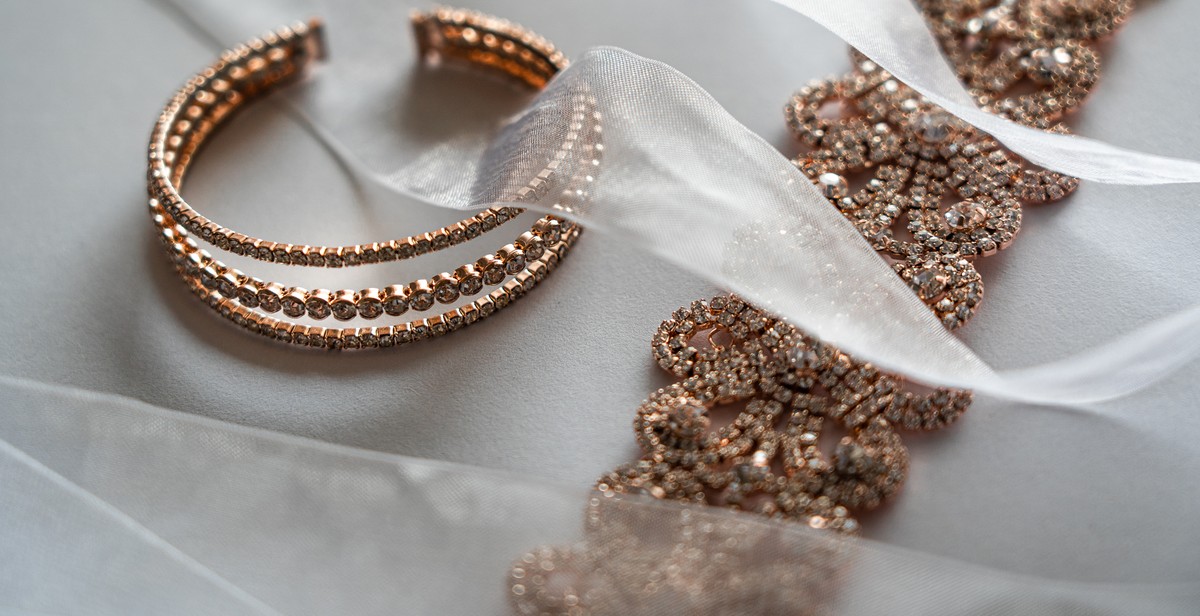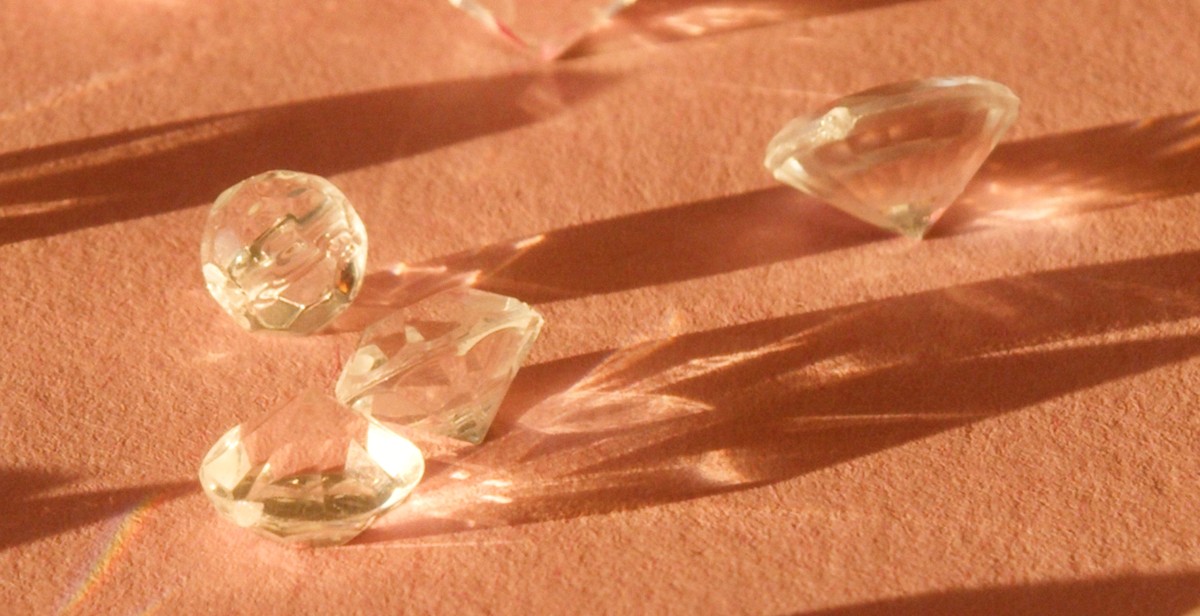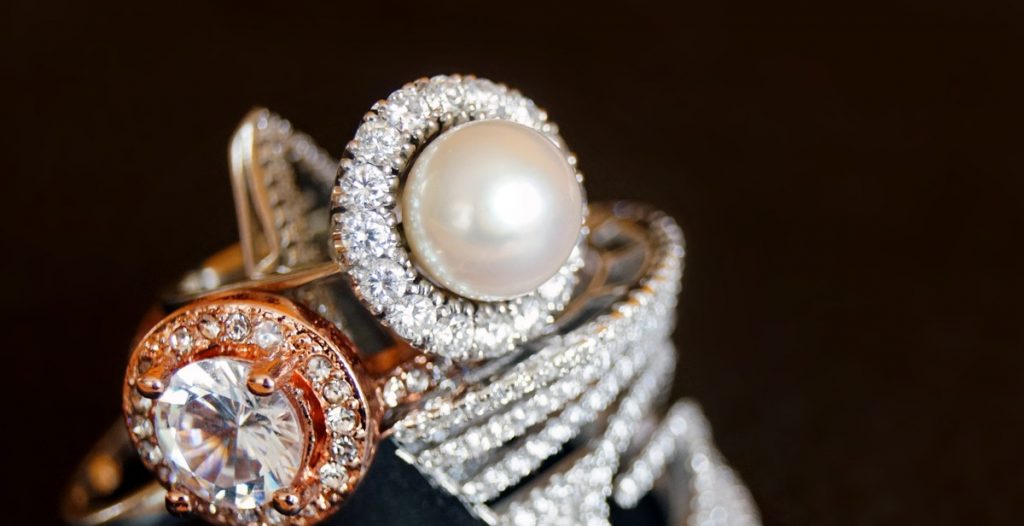The Rise of Lab-Created Diamonds: Pros, Cons, and Everything You Need to Know
Diamonds have always been considered as a symbol of love, commitment, and luxury. However, the process of mining and extracting natural diamonds from the earth has been controversial due to its environmental impact and ethical concerns. In recent years, lab-created diamonds have emerged as a popular alternative to natural diamonds.
What are Lab-Created Diamonds?
Lab-created diamonds, also known as synthetic or cultured diamonds, are man-made diamonds that are created in a laboratory environment using advanced technological processes. These diamonds have the same chemical composition, physical properties, and optical characteristics as natural diamonds, but are produced in a shorter time frame and at a lower cost.
There are two main methods of creating lab-grown diamonds: High Pressure High Temperature (HPHT) and Chemical Vapor Deposition (CVD). HPHT involves replicating the high-pressure and high-temperature conditions found in the earth’s mantle to create diamonds, while CVD involves using a gas mixture to create diamonds on a substrate.
The Pros and Cons of Lab-Created Diamonds
There are several advantages to choosing lab-created diamonds over natural diamonds. Firstly, they are more affordable, with prices typically 20-30% lower than natural diamonds. Secondly, they are environmentally friendly, as they do not require mining or excavation. Thirdly, they are free from ethical concerns, as they are not associated with issues such as forced labor or conflict diamonds.
However, there are also some drawbacks to lab-created diamonds. They are not as rare or unique as natural diamonds, which may be important to some buyers. Additionally, there is a lack of resale value and market demand for lab-created diamonds, which may affect their long-term value.
| Pros | Cons |
|---|---|
| More affordable | Not as rare or unique |
| Environmentally friendly | Lack of resale value |
| Free from ethical concerns | Limited market demand |
Overall, lab-created diamonds offer a viable alternative to natural diamonds for those who prioritize affordability, environmental sustainability, and ethical considerations. However, it’s important to weigh the pros and cons carefully before making a purchase decision.

The Pros of Lab-Created Diamonds
Lab-created diamonds are becoming increasingly popular due to their cost-effectiveness, eco-friendliness, and high-quality. Here are some of the advantages of lab-created diamonds:
Cost-effective and Affordable
One of the most significant advantages of lab-created diamonds is that they are much more affordable than their natural counterparts. Lab-created diamonds are produced in a controlled environment, which makes the production process more efficient and less expensive than mining natural diamonds. As a result, lab-created diamonds are priced much lower than natural diamonds of comparable quality, making them an excellent option for those on a budget.
Eco-friendly and Conflict-free
Lab-created diamonds are an eco-friendly and conflict-free alternative to natural diamonds. The process of mining natural diamonds is not only harmful to the environment but also often involves unethical practices, such as forced labor and exploitation of workers. In contrast, lab-created diamonds are produced in a controlled environment, which eliminates the need for mining and the associated environmental impact. Additionally, lab-created diamonds are guaranteed to be conflict-free, as they are produced without any involvement from areas of the world where conflict diamonds are prevalent.
High-Quality and Durable
Lab-created diamonds are of high quality and are just as durable as natural diamonds. They are made using advanced technology that replicates the natural diamond formation process, resulting in diamonds that are virtually identical to natural diamonds. Lab-created diamonds are also just as hard and durable as natural diamonds and can be used in the same settings and jewelry pieces.
| Advantages of Lab-Created Diamonds | |
|---|---|
| Cost-effective and Affordable | Lab-created diamonds are much more affordable than natural diamonds of comparable quality. |
| Eco-friendly and Conflict-free | Lab-created diamonds are produced in a controlled environment, eliminating the need for mining and ensuring they are conflict-free and eco-friendly. |
| High-Quality and Durable | Lab-created diamonds are just as high-quality and durable as natural diamonds and can be used in the same jewelry settings. |

The Cons of Lab-Created Diamonds
While lab-created diamonds have gained popularity in recent years, there are several downsides to consider before making a purchase.
Lack of Rarity and Exclusivity
One of the main drawbacks of lab-created diamonds is their lack of rarity and exclusivity. Unlike natural diamonds, which are formed over millions of years under intense heat and pressure, lab-created diamonds are made in a matter of weeks in a controlled environment. This means that they can be produced in large quantities, making them less unique and special than natural diamonds.
Furthermore, some people may view lab-created diamonds as less valuable due to their lack of rarity and exclusivity. While they may have the same physical and chemical properties as natural diamonds, they do not have the same emotional and symbolic significance that comes with a diamond that has been formed over millions of years in the earth’s crust.
Limited Selection and Customization Options
Another potential downside of lab-created diamonds is the limited selection and customization options available. While natural diamonds come in a wide range of colors, shapes, and sizes, lab-created diamonds are typically limited to a few standard options. This means that if you are looking for a specific type of diamond for an engagement ring or other piece of jewelry, you may not be able to find it in a lab-created form.
In addition, lab-created diamonds may not be as easy to customize as natural diamonds. For example, if you want a diamond with a specific cut or clarity grade, you may have to settle for a less-than-ideal option if it is not available in a lab-created form.
Perceived as Less Valuable
Finally, some people may view lab-created diamonds as less valuable than natural diamonds. While this may not be the case from a scientific standpoint, it is a perception that has been perpetuated by the diamond industry for decades. Natural diamonds have been marketed as rare and valuable, and lab-created diamonds are often seen as a cheaper, less desirable alternative.
As a result, if you are considering purchasing a lab-created diamond, you may need to be prepared for some pushback from friends, family, or even jewelers who may not view them as a “real” diamond.
| Cons of Lab-Created Diamonds |
|---|
| Lack of Rarity and Exclusivity |
| Limited Selection and Customization Options |
| Perceived as Less Valuable |

Everything You Need to Know About Lab-Created Diamonds
Lab-created diamonds, also known as synthetic diamonds, are becoming increasingly popular in the jewelry industry. These diamonds are created in a laboratory setting using advanced technological processes that mimic the natural formation of diamonds. Here’s everything you need to know about lab-created diamonds:
The Science Behind Lab-Created Diamonds
Lab-created diamonds are made using two different processes: High Pressure High Temperature (HPHT) and Chemical Vapor Deposition (CVD). The HPHT method involves subjecting a small diamond seed to high pressure and high temperature, which causes the carbon atoms to crystallize and grow into a larger diamond. The CVD method involves placing a small diamond seed in a vacuum chamber and introducing a gas mixture of carbon and hydrogen. The gas is then ionized, causing the carbon atoms to crystallize and form a diamond on the seed. Both methods create diamonds that are identical in chemical, physical, and optical properties to natural diamonds.
The Differences Between Lab-Created and Natural Diamonds
The main difference between lab-created and natural diamonds is their origin. Natural diamonds are formed deep within the Earth’s mantle over millions of years, while lab-created diamonds are made in a matter of weeks in a controlled laboratory environment. Another difference is their price. Lab-created diamonds are generally more affordable than natural diamonds, making them a popular choice for those on a budget. However, lab-created diamonds are still made of pure carbon and are just as hard and durable as natural diamonds.
How to Buy Lab-Created Diamonds
- Look for a reputable retailer that sells lab-created diamonds.
- Ask for a diamond grading report from a recognized gemological institute to ensure the quality of the diamond.
- Compare prices between natural and lab-created diamonds to determine which option is best for you.
- Consider the 4Cs – cut, color, clarity, and carat weight – when selecting a lab-created diamond.
| Advantages of Lab-Created Diamonds | Disadvantages of Lab-Created Diamonds |
|---|---|
| More affordable | May not hold their value as well as natural diamonds |
| Eco-friendly and sustainable | Less rare and unique than natural diamonds |
| Free from ethical concerns related to mining | May not have the same emotional significance as natural diamonds |
Overall, lab-created diamonds offer a more affordable, eco-friendly, and ethical alternative to natural diamonds. With advances in technology, lab-created diamonds are becoming more widely available and are a popular choice for engagement rings, wedding bands, and other jewelry pieces.

